By Liz Bales, VMD
If we asked a client, “what are you doing for environmental enrichment?” the likely response would be, “what?”
And that’s a problem.
In our profession, we suffer from compassion fatigue. I get it. I really do. Our clients break our hearts and wear us out. When they are at the end of their ropes because their cats are chronically urinating outside of the litter box, they might implore us to perform a convenience euthanasia. When their cat has destroyed their furniture and they just can’t deal with it anymore, they ask us to perform a declaw. When their cats keep fighting with each other we drain their abscesses, sew them up and talk about re-homing. And to top it off, if we either recommend an alternative or tell them that we don’t perform a debatably ethical service, we risk having our Yelp reviews tarnished. Some days it is just too much to bear.
But, my colleagues, we CAN get in front of this problem. After all, isn’t this why we became veterinarians? Our clients are looking to us for education and support at their first kitten visit. They are looking for more than vaccines and screening blood work at their annual visits. The time to inform and educate our clients about environmental enrichment is before the human-animal bond, and our professional spirits, are broken.
The science is there. The American Association of Feline Practitioners has beautifully laid out the 5 pillars of feline environmental enrichment, why they are important and the consequences of denying our cats the resources that they need to be physically and emotionally healthy in the indoor environment.
In case you have not had the opportunity to read this entire paper, here’s my favorite bit:
“Many behavioral and physical disorders that are seen in cats are often secondary to stress from lack of appropriate stimulation. Environmental enhancement (EE) should be part of the overall treatment plan for these disorders. As part of the wellness exam, it is the responsibility of the veterinarian to discuss the current state of the environment and to provide resources for EE to indoor cat owners.
It is well known that if an appropriate environment is not provided for indoor cats, they are at greater risk of stress induced illnesses such as the following:
- Feline lower urinary tract disease
- Obesity
- Different forms of aggression
- Over grooming and other compulsive disorders
- Upper respiratory infection
In an attempt to prevent the above conditions, it should become routine for the veterinary team to inform owners of the importance of EE and to provide resources to owners. It is also important to consider EE in shelter cats for the same reasons.”
The cats are counting on us to get this information from the page to their caretakers. One way or another, this is a veterinary job—our job!
We study kidney disease, endocrine disease, ophthalmology, oncology, along with so many other specialized areas of medicine and thus we are prepared for those cases when they walk through our exam room door. But do you know what every cat in our care has in common? Every cat is our care is completely dependent upon their human to create an environment where they stand a chance of being physically and mentally well. Are we prepared with information and resources to treat or cure this?
If I haven’t convinced you yet, I would like to share with you the statistic that changed my life. Do you know the #1 cause of death for cats? My guesses were kidney disease, or hyperthyroidism. Nope. Well, we know so much about feline obesity and it’s consequences, perhaps that’s the answer? Again, no. The #1 cause of death for our feline patients is euthanasia.
So what do we do about that? Where and when do we talk about environmental enrichment? We are already squeezed with the amount of information we need to simultaneously digest and communicate back to our patients in addition to the procedures that we need to cram into a 15-20 minute appointment, it might seem impossible. Easier said than done, of course, but why not simply train our technicians (and ourselves) to carve out just a little extra time for every feline appointment to walk the client through the five pillars of environmental enrichment. At the very least, there are resources available both digitally and in print that we could simply email to our clients or hand out in our waiting rooms or at check out.
Just like with Fear Free, I promise you it’s worth it. Sometimes those seemingly small things can make all the difference for the pets we took an oath to help treat. And also like Fear Free, the benefits will actually save us time in the long run.
As a profession, we can figure out how to incorporate this into our practice. I know we can. And the time starts now, with a very simple question:
“What are you doing for environmental enrichment?”

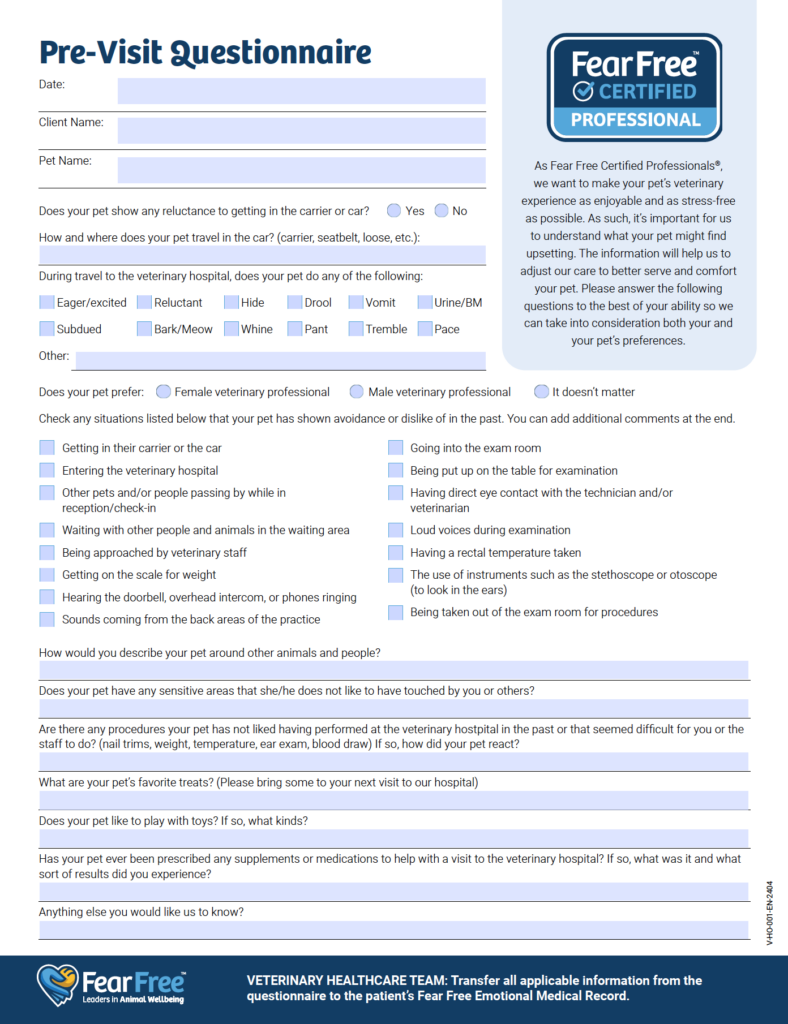
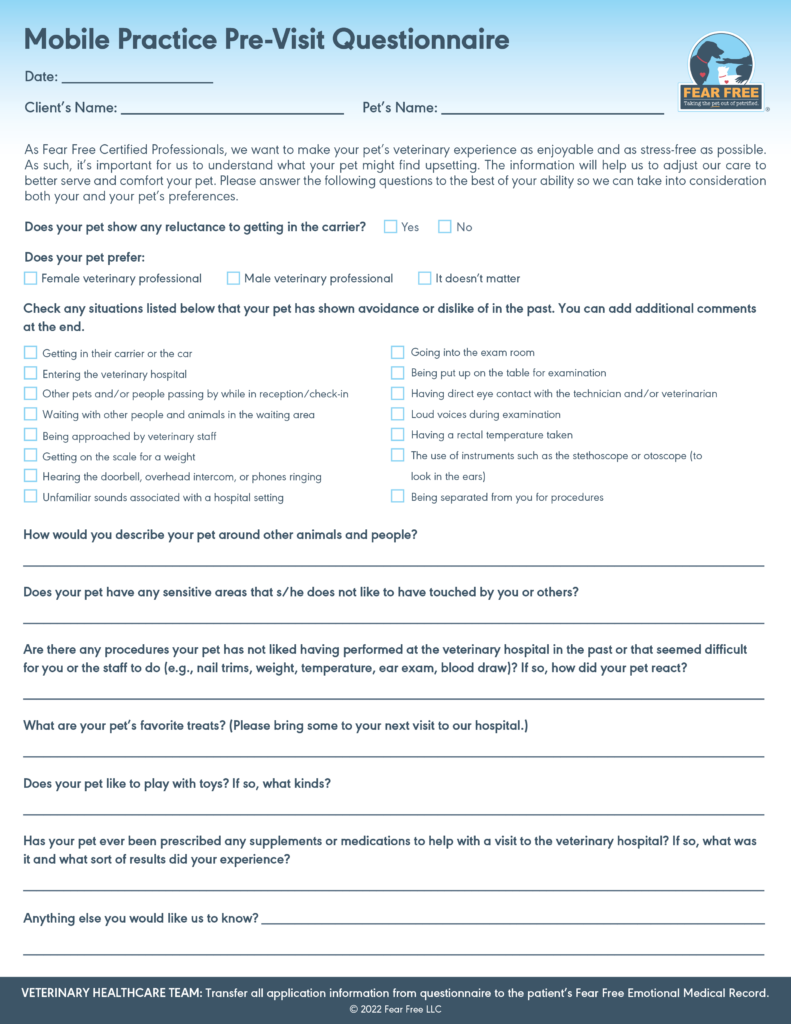
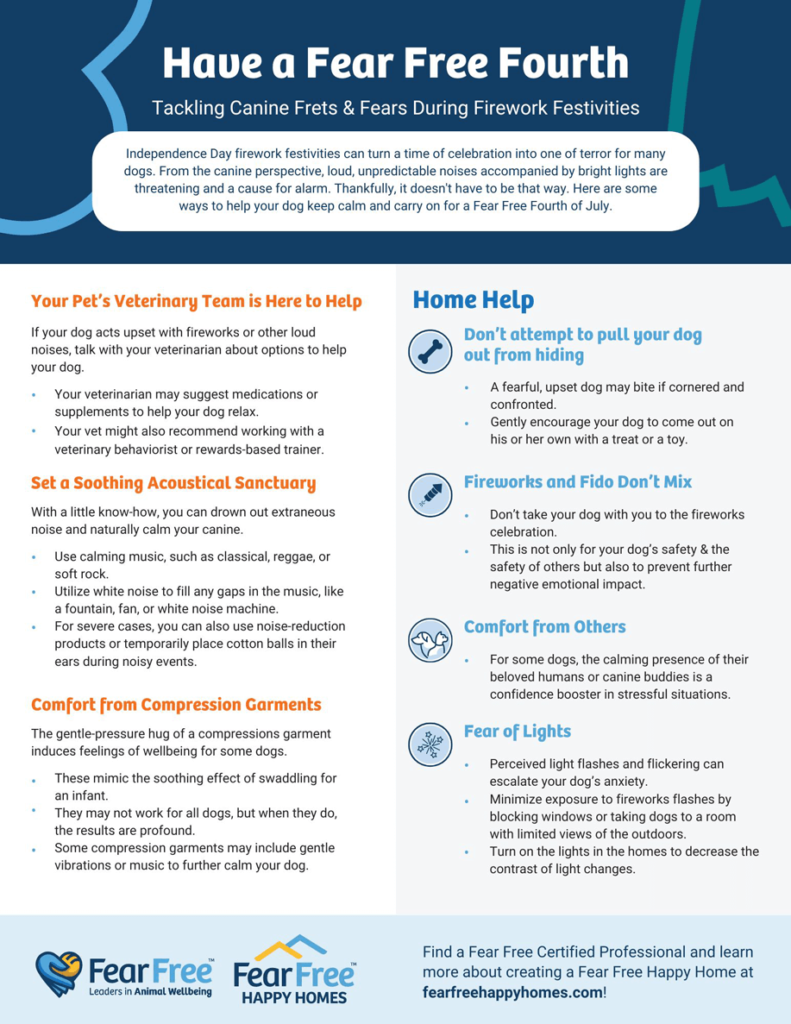
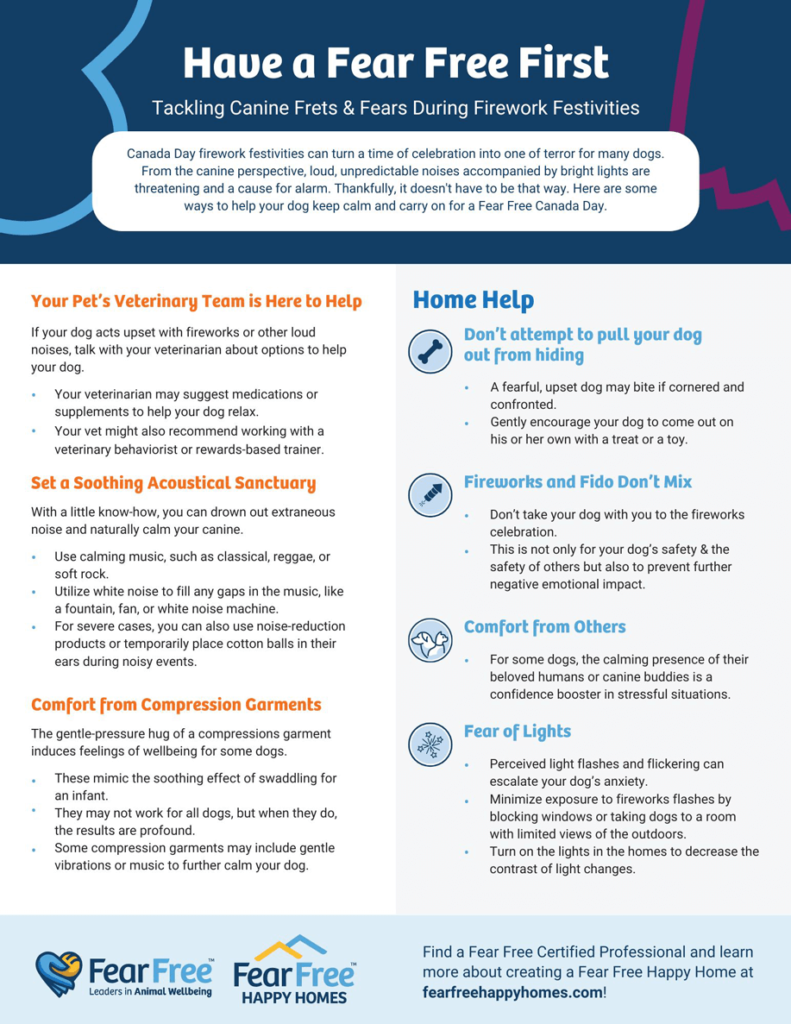
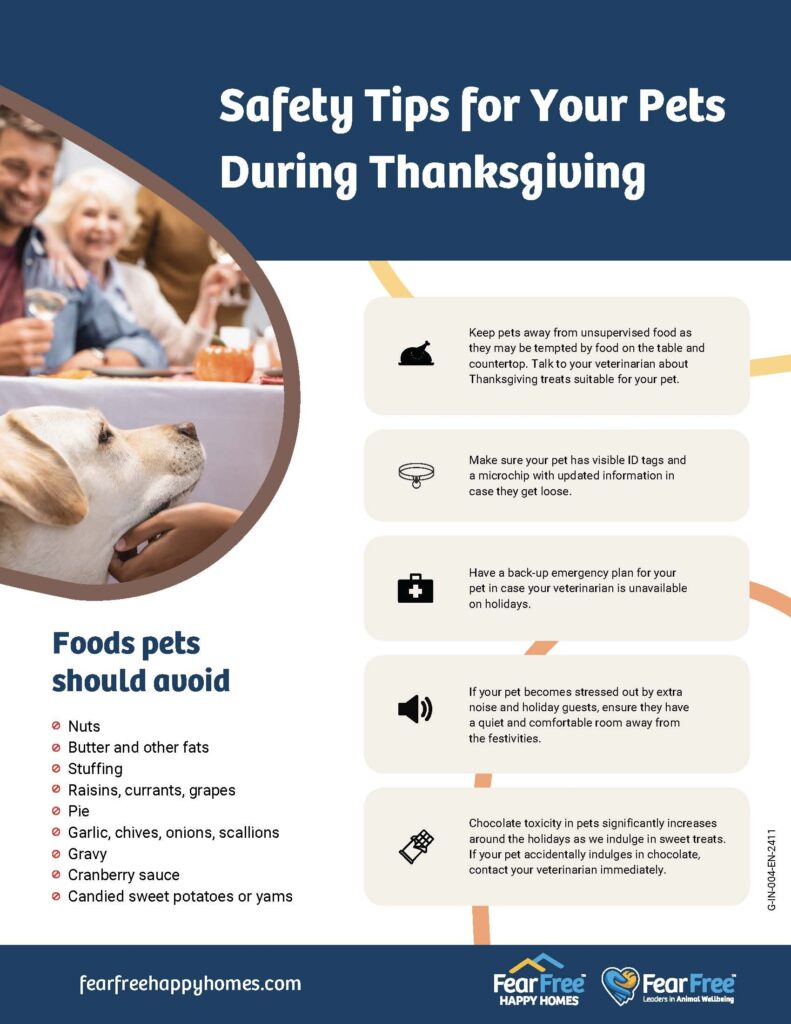
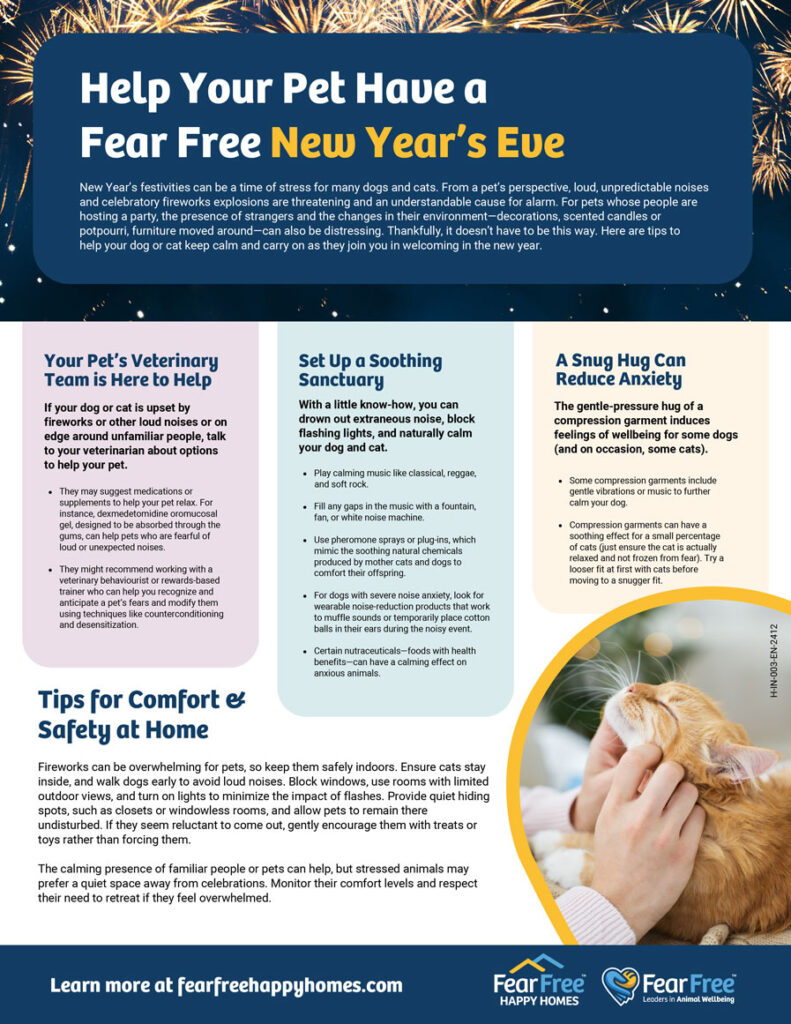
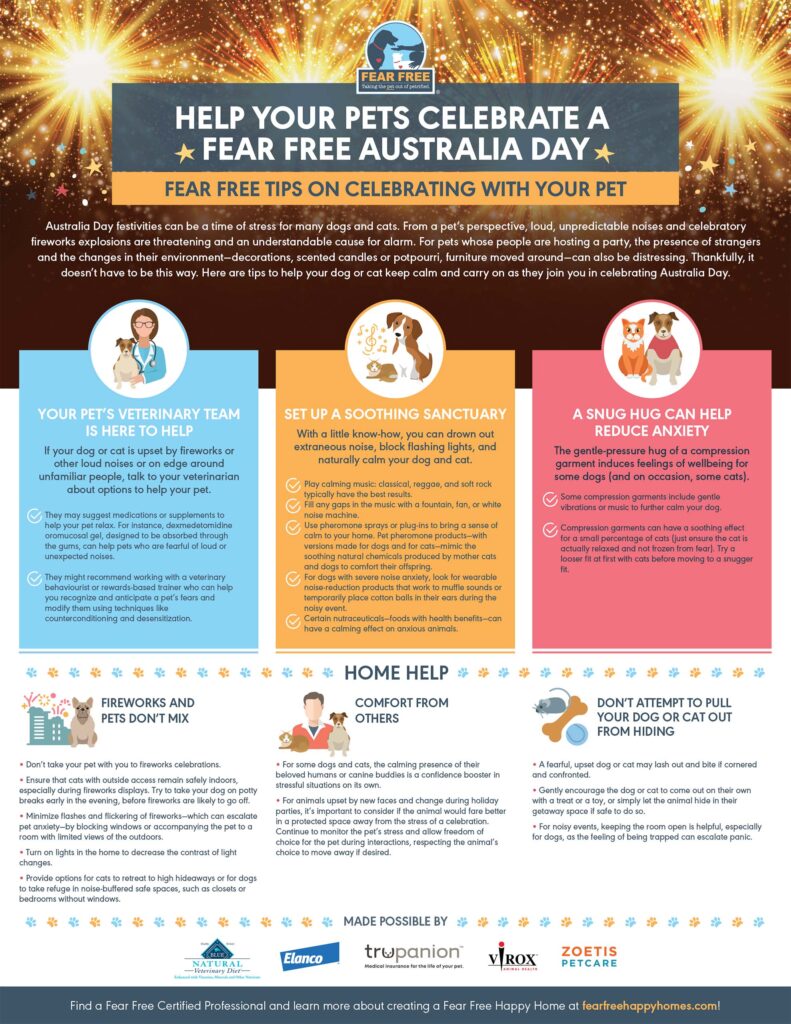
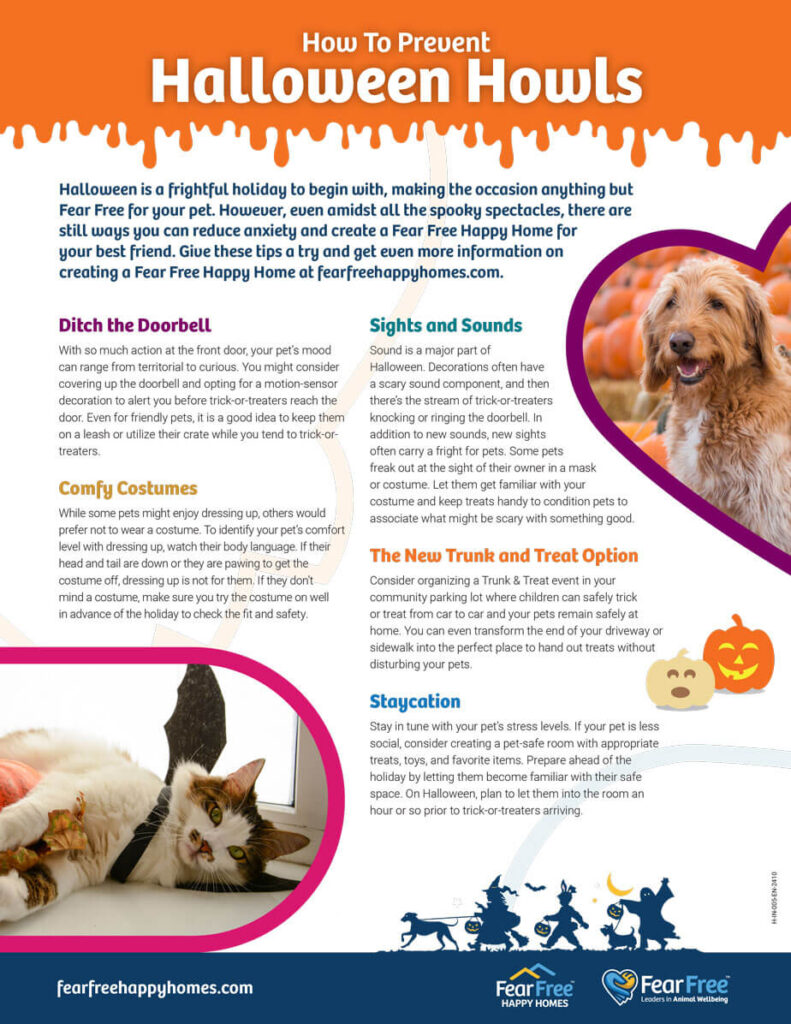
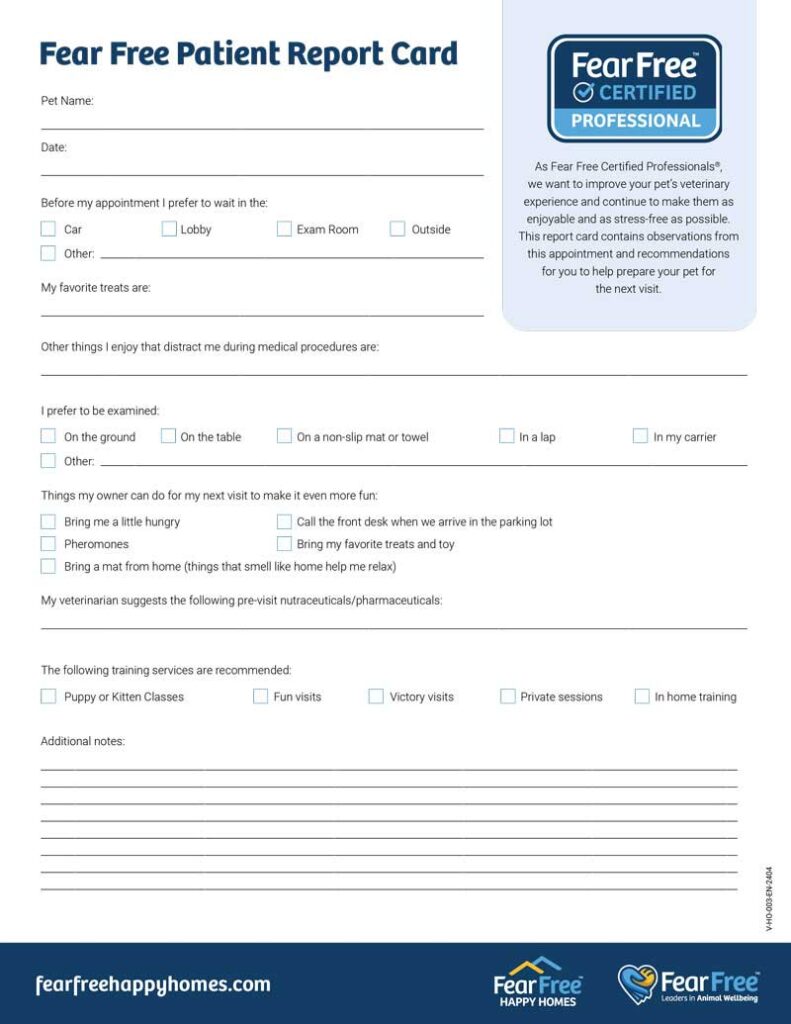
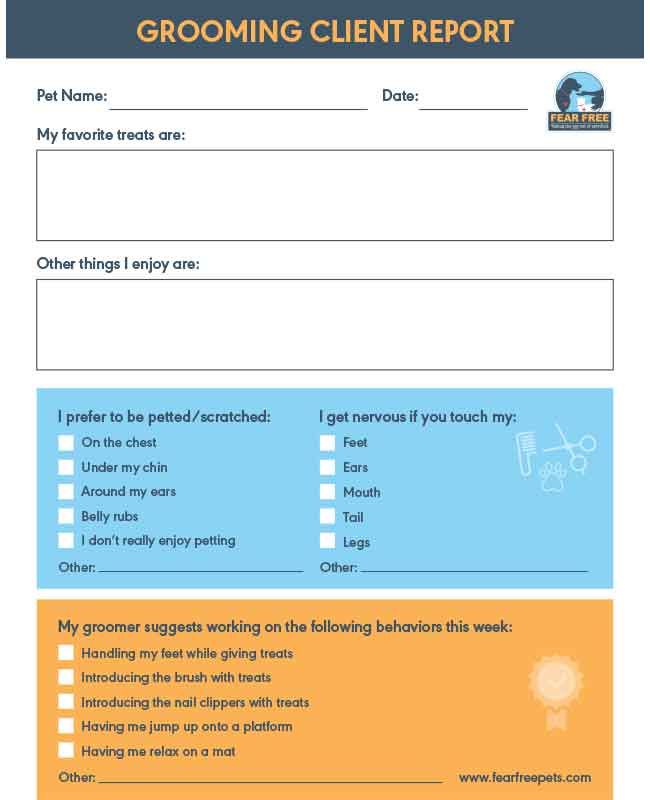
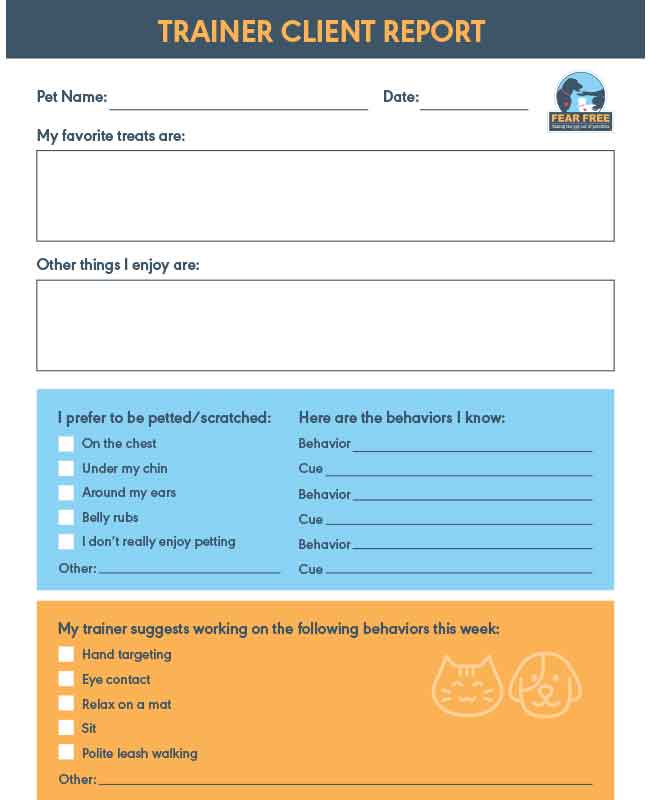






 After becoming certified, it’s not just about the how you implement the Fear Free strategies you have learned, but also how you market your newly earned certification. Being certified not only helps you practice better medicine, but it tells your clients and potential clients that you’re a step above the competition. In this podcast, we talk about how to use social media, video, email, and more to market your certification and communicate with clients.
After becoming certified, it’s not just about the how you implement the Fear Free strategies you have learned, but also how you market your newly earned certification. Being certified not only helps you practice better medicine, but it tells your clients and potential clients that you’re a step above the competition. In this podcast, we talk about how to use social media, video, email, and more to market your certification and communicate with clients.
